Home>Furniture>How To Prevent Dresser Drawers From Falling Out
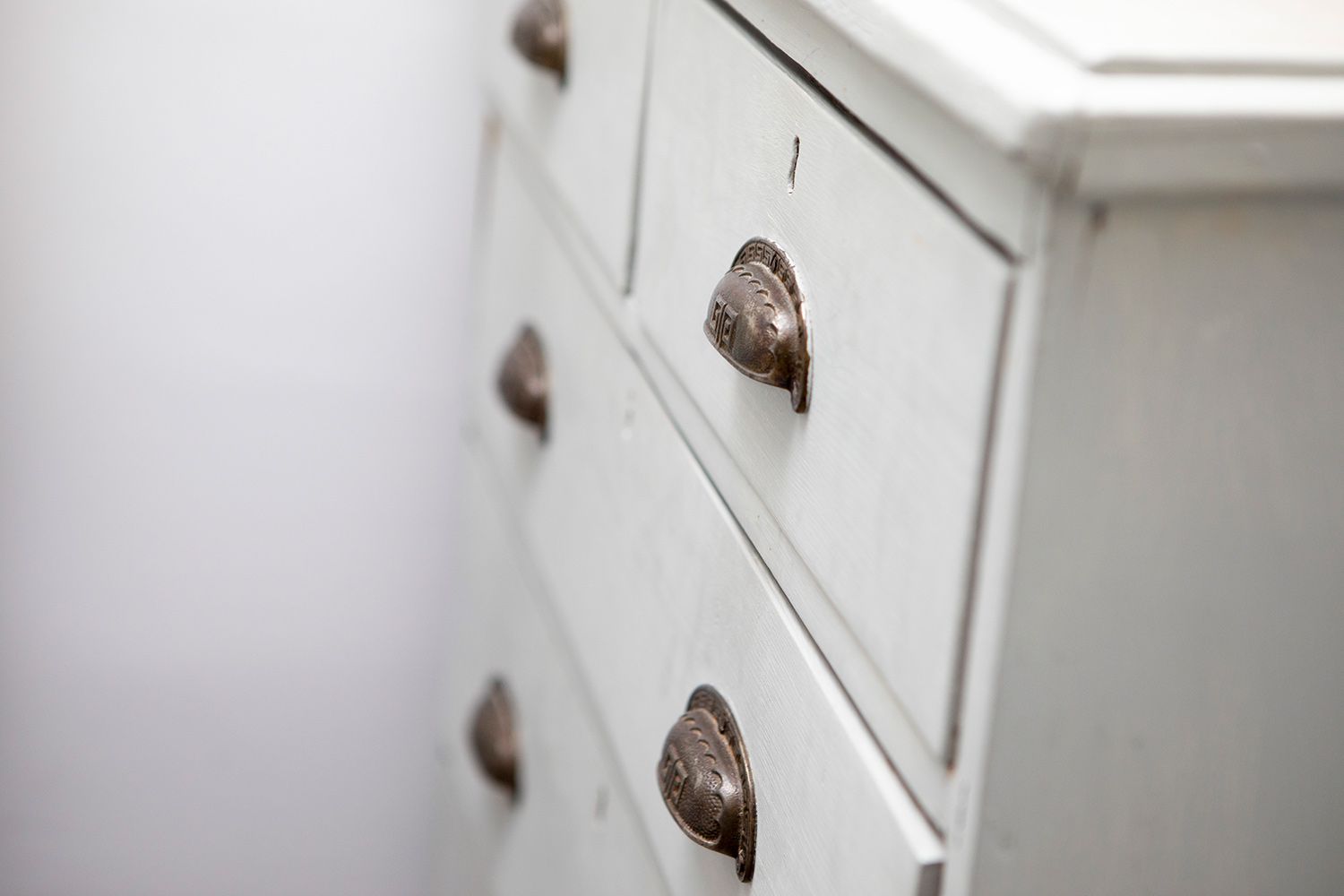

Furniture
How To Prevent Dresser Drawers From Falling Out
Modified: December 7, 2023
Prevent dresser drawers from falling out with these easy furniture tips. Keep your belongings safe and secure with our simple prevention methods.
(Many of the links in this article redirect to a specific reviewed product. Your purchase of these products through affiliate links helps to generate commission for Storables.com, at no extra cost. Learn more)
Introduction
When it comes to furnishing our homes, dressers are an essential piece of furniture that offer both functionality and aesthetics. They provide a convenient storage solution for our clothing, linens, and other belongings. However, it’s important to prioritize safety when it comes to dresser drawers.
Dresser drawer accidents can happen unexpectedly, posing a risk to both adults and children. Whether it’s a drawer falling out completely or simply sliding open with enough force to cause injury, it’s crucial to take preventive measures to ensure the safety of everyone in your home.
In this comprehensive guide, we will explore the different causes of dresser drawer accidents and provide practical tips on how to prevent them. By implementing these strategies, you can enjoy the functionality and beauty of your dresser while keeping your loved ones safe.
Key Takeaways:
- Prioritize dresser drawer safety to protect your family from accidents and maintain the integrity of your belongings. Choose a stable dresser, reinforce drawer slides, and secure dressers to the wall for a safer living environment.
- Regular maintenance and organization are key to preventing dresser drawer accidents. Keep drawers organized, inspect and reinforce dresser components, and secure dressers to the wall to ensure long-term safety and functionality.
Read more: How To Take A Drawer Out Of A Dresser
Why Dresser Drawer Safety is Important
Ensuring dresser drawer safety is not just a matter of preventing inconvenience or damage to your furniture – it’s a vital step in safeguarding the well-being of your family. Here are some compelling reasons why dresser drawer safety should be a top priority:
- Preventing Accidents: Dresser drawer accidents can lead to serious injuries, especially for young children who may be more susceptible to accidents due to their curiosity and lack of awareness. By taking proactive measures to secure dresser drawers, you can significantly reduce the risk of accidents.
- Avoiding Tip-Over Hazard: Dressers, especially tall ones, have the potential to tip over if not properly secured. This can result in devastating injuries or even fatalities, particularly if a child attempts to climb on the dresser. By securing dressers to the wall, you can prevent tip-over accidents and create a safer environment.
- Protecting Valuables: Dressers often hold valuable items such as jewelry, electronic devices, or important documents. Ensuring drawer safety helps prevent these items from being damaged or lost during accidents, providing an added layer of protection for your belongings.
- Peace of Mind: Knowing that your dresser drawers are secure can give you peace of mind, especially if you have small children or pets in your home. It allows you to relax and go about your daily activities without constant worry about potential accidents or damage.
By recognizing the importance of dresser drawer safety, you can take proactive steps to minimize the risk of accidents and create a safer living environment for yourself and your family.
Common Causes of Dresser Drawer Accidents
Understanding the common causes of dresser drawer accidents can help you identify potential risks and take appropriate measures to prevent them. Here are some of the most common causes:
- Overloading: One of the primary causes of dresser drawer accidents is overloading the drawers with too much weight. When drawers are filled beyond their capacity, it puts excessive strain on the drawer slides or runners, making them more likely to give way or become loose.
- Uneven Weight Distribution: Unevenly distributing weight within the drawers can cause them to become unbalanced and unstable. This can lead to the drawers being pulled open forcefully or tipping over when opened.
- Children Climbing: Curious children often see dressers as a climbing challenge. If a dresser is not properly secured, climbing on the drawers can cause the dresser to tip over, resulting in serious injuries.
- Worn-out or Damaged Drawer Slides: Over time, the drawer slides or runners can become worn-out or damaged, making the drawers less stable and more prone to accidents. This can happen due to regular wear and tear or poor-quality materials.
- Lack of Drawer Stops or Locks: Some dressers may not come with drawer stops or locks, or they may be inadequate. Without proper stops or locks, drawers can easily slide open, potentially causing injury or damage.
- Unsecured Dressers: Dressers that are not secured to the wall or floor can be hazardous. They have the potential to tip over, especially if a drawer is pulled open with force or weight is unevenly distributed.
By being aware of these common causes, you can take appropriate measures to prevent dresser drawer accidents and create a safer environment for you and your family.
Choosing the Right Dresser for Stability
When it comes to dresser drawer safety, selecting a stable and well-built dresser is the first step. Here are some tips for choosing the right dresser for stability:
- Quality Construction: Look for dressers made from high-quality materials and with solid construction. Avoid dressers made of flimsy or particleboard materials, as they may not provide the stability needed to prevent accidents.
- Sturdy Drawer Slides: Check that the dresser’s drawer slides are smooth, sturdy, and made of durable materials. Smooth gliding drawers not only enhance usability but also reduce the likelihood of accidents caused by sudden movements.
- Drawer Weight Capacity: Consider the weight capacity of each drawer. Ensure that the dresser can comfortably accommodate the items you intend to store without exceeding the weight limit. Overloading drawers can compromise stability and increase the risk of accidents.
- Wide and Stable Base: Look for a dresser with a wide and stable base that can provide better stability and minimize the risk of tipping over. Additionally, dressers with adjustable legs can help in leveling the furniture on uneven surfaces.
- Anchoring Hardware: Some dressers come with built-in anchoring hardware or brackets that allow you to secure them to the wall. This added feature enhances stability and helps prevent tip-over accidents.
- Reputation and Reviews: Do your research and read reviews about the dresser brand and model you are interested in. Look for positive feedback regarding stability and durability, as this can give you confidence in your choice.
By carefully considering these factors when selecting a dresser, you can ensure that you are choosing a stable and secure piece of furniture that will help prevent dresser drawer accidents.
Installing Drawer Stops or Locks
To enhance the safety of your dresser drawers, installing drawer stops or locks is an effective measure. Drawer stops or locks provide an extra layer of security, preventing drawers from fully extending or accidentally sliding open. Here are some steps to help you install drawer stops or locks:
- Assess Your Dresser: Take a close look at your dresser to determine the best type of drawer stops or locks for your specific drawers. Depending on the design of your dresser, you may need different types of hardware.
- Choose the Right Hardware: There are various types of drawer stops and locks available on the market, such as magnetic catches, roller catch systems, or bolt-on stops. Consider the functionality, ease of use, and the intended purpose of your dresser when selecting the appropriate hardware.
- Measure and Mark: Measure the distance from the back of the dresser to where you want the drawer stop or lock to be placed. Use a pencil or a marker to make clear and visible marks on both the dresser and the drawer where the hardware will be installed.
- Install the Hardware: Follow the manufacturer’s instructions for installing the chosen drawer stops or locks. This may involve drilling pilot holes and using screws or adhesive to secure the hardware in place. Make sure to align the hardware properly before tightening it.
- Test and Adjust: After installation, test the drawer stops or locks to ensure they are functioning correctly. Open and close the drawers to check if they are securely held in place or if they slide smoothly without unintentionally opening.
- Repeat for Each Drawer: Depending on the number of drawers in your dresser, repeat the same installation process for each drawer to ensure consistent safety throughout.
Remember to regularly inspect and maintain the drawer stops or locks to ensure they remain intact and functional. By installing drawer stops or locks, you can greatly reduce the risk of accidental drawer openings and make your dresser drawers safer for everyone in your household.
Make sure the dresser drawers are properly aligned and the tracks are in good condition. Consider adding safety latches or stops to prevent the drawers from being pulled out too far.
Read more: How To Pull Out Dresser Drawers
Reinforcing Drawer Slides
To enhance the stability and safety of your dresser drawers, reinforcing the drawer slides is an effective measure. Reinforcing the drawer slides can help prevent drawers from becoming wobbly, loose, or falling out of the dresser. Here are some steps to help you reinforce the drawer slides:
- Inspect the Drawer Slides: Start by thoroughly inspecting the existing drawer slides for any signs of wear, damage, or looseness. Look for any bent or broken parts that may compromise the stability of the drawers.
- Tighten the Screws: Using a screwdriver or drill, tighten any loose screws that are holding the drawer slides in place. Be cautious not to overtighten, as this can strip the holes or damage the screws.
- Replace Damaged Slides: If you find any drawer slides that are severely damaged or beyond repair, consider replacing them with new ones. Measure the length and width of the existing drawer slides to ensure you get the correct size replacements.
- Add Reinforcement Brackets: Consider adding reinforcement brackets to the drawer slides to increase their strength and stability. These brackets can be installed on the underside of the drawer or on the inside of the dresser frame to provide additional support.
- Align the Slides: Ensure that the drawer slides are properly aligned with both the drawer and the dresser frame. Misaligned slides can cause the drawers to become unstable or difficult to open and close smoothly.
- Apply Lubrication: Lubricate the drawer slides with a silicone-based lubricant or wax to reduce friction and ensure smoother operation. This can help prevent the slides from becoming stuck or stiff, reducing the strain on the drawer mechanism.
- Test the Drawers: After reinforcing the drawer slides, open and close each drawer several times to check for smooth and stable movement. Make any necessary adjustments or further tighten any screws if needed.
By reinforcing the drawer slides, you can enhance the stability and durability of your dresser drawers, minimizing the risk of accidents and ensuring a safer storage solution for your belongings.
Securing Dressers to the Wall
Securing dressers to the wall is a critical step in preventing tip-over accidents, especially for dressers that are tall or have heavy items stored in the drawers. Securing dressers to the wall adds an extra layer of stability, preventing them from toppling over and causing serious injuries. Here’s how you can secure dressers to the wall:
- Choose the Right Anchoring Hardware: Select appropriate wall anchoring hardware based on the type of wall you have (e.g., drywall, concrete). Common options include wall studs, brackets, or anti-tip straps. Ensure that the hardware is strong and sturdy enough to support the weight of the dresser.
- Location: Decide on the optimal location for securing the dresser to the wall. Typically, it’s best to attach the brackets or straps to the back of the dresser and secure them to the wall studs for maximum stability.
- Measure and Mark: Measure the placement of the brackets or straps on both the dresser and the wall. Use a level to ensure the dresser is straight and level against the wall. Mark the locations for drilling pilot holes.
- Drill Pilot Holes: Carefully drill pilot holes into the marked locations on both the dresser and the wall. Be mindful of the depth to avoid damaging the dresser or going too far into the wall.
- Attach Brackets or Straps: Using screws or other appropriate hardware, securely attach the brackets or straps to both the dresser and the wall. Make sure the attachments are tight and properly aligned.
- Test Stability: After securing the dresser to the wall, gently pull on the dresser to ensure that it is firmly anchored. The dresser should not tip or move significantly. If it does, recheck the hardware and make necessary adjustments.
- Regular Maintenance: Periodically check the stability of the dresser’s attachment to the wall. Tighten any loose screws or hardware and ensure that the dresser remains securely fastened.
Securing dressers to the wall is a crucial safety measure that can prevent dangerous tip-over accidents. By taking these steps, you can provide a safer living environment for your family and have peace of mind knowing that your dresser is securely fastened.
Organizing Items to Prevent Drawer Overloading
Properly organizing your items in dresser drawers is not only essential for keeping your belongings neat and accessible, but it also helps prevent overloading, which can lead to instability and accidents. Here are some tips to help you organize your items and prevent drawer overloading:
- Purge Unnecessary Items: Start by decluttering and getting rid of any items you no longer need or use. This will free up space in your dresser drawers and prevent overcrowding.
- Sort and Categorize: Categorize your items before placing them in the dresser drawers. Group similar items together, such as socks, underwear, shirts, or accessories. This will help you maximize space and easily find what you’re looking for.
- Use Drawer Dividers: Invest in drawer dividers or organizers to create separate compartments within the drawers. Dividers help keep items organized and prevent them from shifting and causing imbalances. This is especially useful for small items like socks or accessories.
- Consider Folding Techniques: Instead of tossing items into the drawer haphazardly, utilize folding techniques that save space and keep items visible. For example, folding clothes in a KonMari-style or rolling them can help maximize storage space and prevent overcrowding.
- Avoid Overstuffing: Resist the temptation to cram too many items into one drawer. Overstuffing makes it difficult to close the drawer properly and puts unnecessary strain on the drawer slides. Leave some breathing room to ensure smooth operation.
- Rotate Seasonal Items: Consider rotating your clothing and items based on the season. Store out-of-season items in a separate location, such as vacuum-sealed bags or storage boxes. This reduces the overall volume in the drawers and limits the temptation to overload them.
- Label Drawers: Use labels or tags on the outside of the drawers to help identify the contents inside. This makes it easier to locate specific items without having to rummage through the drawers, reducing the risk of accidentally pulling out too many items.
- Regularly Assess and Reorganize: Take the time to regularly assess the organization of your drawers. Adjust dividers or rearrange items as needed. As your storage needs change, adapt the organization system to maintain order and prevent overloading.
By implementing these organization tips, you can prevent drawer overloading, maintain stability in your dresser, and promote a clutter-free environment.
Regular Maintenance and Inspection
Regular maintenance and inspection of your dresser is crucial for ensuring its long-term durability and safety. By investing a little time and effort into routine upkeep, you can prevent potential issues and address any concerns promptly. Here are some maintenance and inspection tasks to consider:
- Clean and Dust: Regularly clean and dust your dresser to prevent dirt and debris from accumulating. Use a soft cloth or furniture polish to keep the surfaces clean and free of grime.
- Tighten Loose Hardware: Periodically check for any loose screws, knobs, or handles on the dresser and tighten them as needed. Loose hardware can compromise the stability and functionality of the drawers.
- Inspect Drawer Slides: Examine the drawer slides for any signs of wear, damage, or misalignment. Ensure that they are functioning smoothly and are securely attached to both the drawers and the dresser frame.
- Check Drawer Stops or Locks: Test the drawer stops or locks to ensure they are working correctly. Make any necessary adjustments or replacements if they are worn out or malfunctioning.
- Examine Drawer Bottoms: Inspect the bottoms of the drawers for any signs of sagging, warping, or damage. Damaged drawer bottoms should be repaired or replaced to maintain the stability and functionality of the drawers.
- Inspect Dresser Structure: Check the overall structure of the dresser for any signs of instability or damage. Look for cracks, wobbling, or other indicators that may compromise the structural integrity of the dresser.
- Secure Loose Joints: If you notice any loose joints in the dresser frame, consider reinforcing them with wood glue or additional screws to enhance stability.
- Reorganize and Declutter: Take the opportunity to reorganize and declutter your dresser drawers during maintenance sessions. Remove items that are no longer needed and ensure a proper load distribution to prevent overloading.
- Inspect Anchoring: If your dresser is secured to the wall, check the stability of the anchoring hardware. Ensure that it is securely fastened and make any necessary adjustments or reinforcements.
By making regular maintenance and inspection a part of your routine, you can identify and address any potential issues before they escalate. This proactive approach ensures the longevity and safety of your dresser, providing you with peace of mind.
Read more: How To Prevent A Shower Rod From Falling
Conclusion
Ensuring the safety of your dresser drawers is essential for creating a secure and functional storage solution in your home. By implementing the preventive measures discussed in this guide, you can significantly reduce the risk of dresser drawer accidents and promote a safer living environment for you and your family.
From choosing a stable dresser to reinforcing drawer slides, securing dressers to the wall, and organizing items properly, each step plays a crucial role in maintaining dresser drawer safety. Regular maintenance and inspection further ensure that your dresser remains in top condition, and any issues are addressed promptly.
Remember, dresser drawer accidents can have serious consequences, especially for young children who may be more vulnerable. By taking the time to follow these guidelines, you can minimize the risk of accidents and enjoy the convenience and beauty of your dresser without compromising safety.
As you implement these safety measures, be sure to regularly reassess and update as needed. As your storage needs change, adapt your organization system accordingly. Stay vigilant in maintaining the stability and functionality of your dresser drawers.
Prioritizing dresser drawer safety shows a commitment to the well-being of your loved ones and ensures that your furniture investment remains in optimal condition for years to come. By taking these simple yet crucial steps, you can enjoy peace of mind and create a safe and organized living space.
Frequently Asked Questions about How To Prevent Dresser Drawers From Falling Out
Was this page helpful?
At Storables.com, we guarantee accurate and reliable information. Our content, validated by Expert Board Contributors, is crafted following stringent Editorial Policies. We're committed to providing you with well-researched, expert-backed insights for all your informational needs.
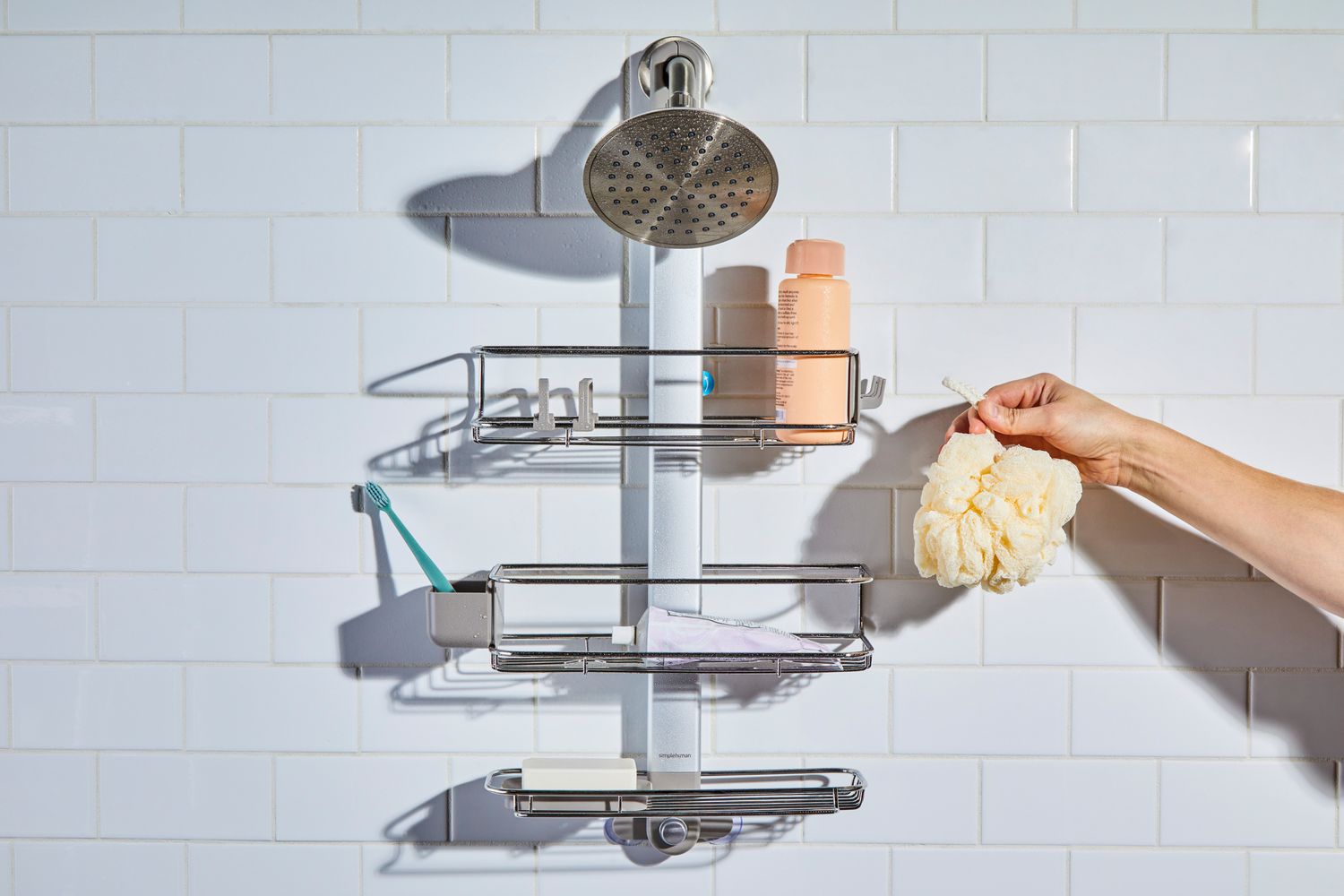

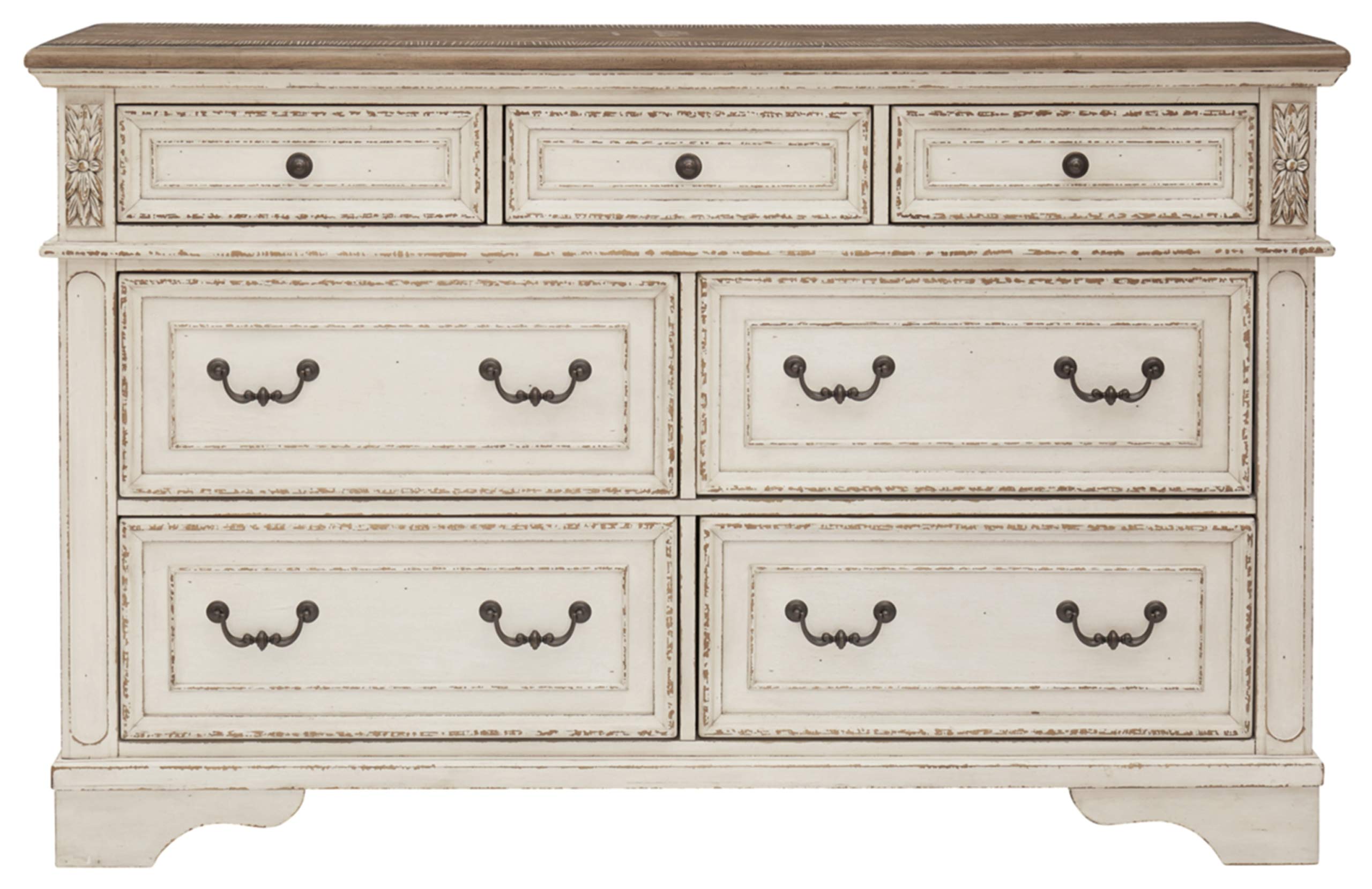
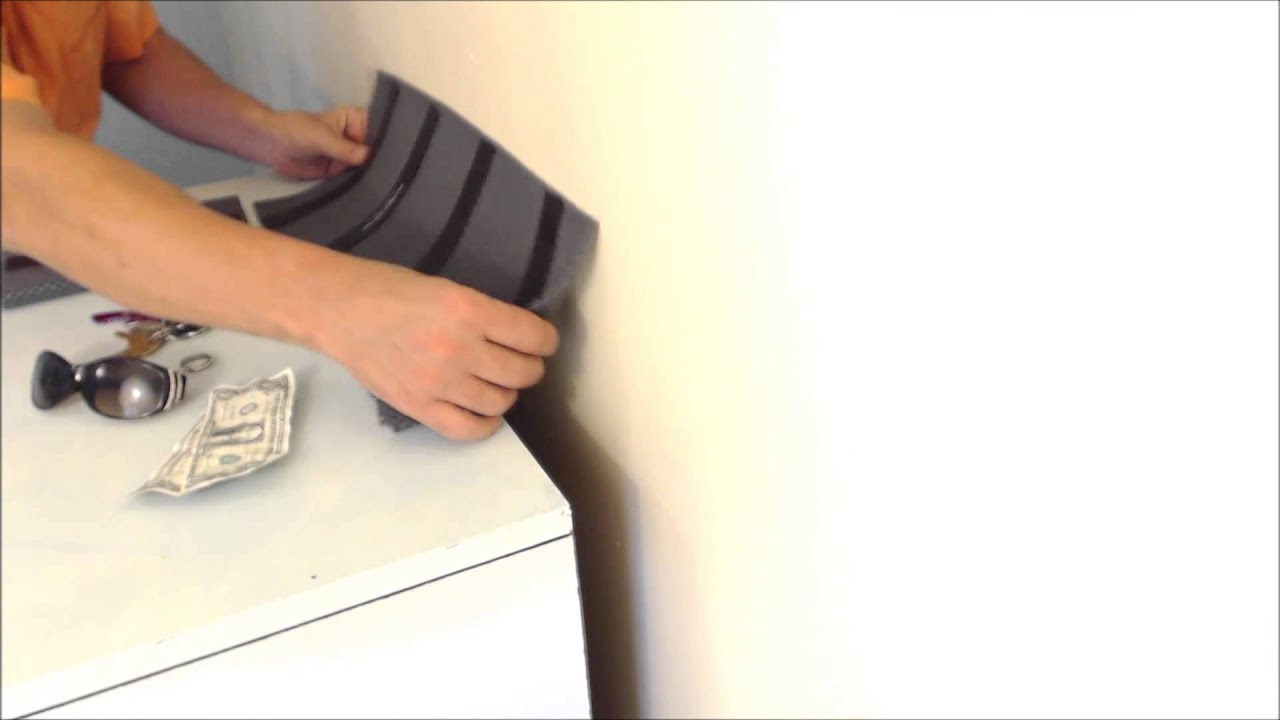
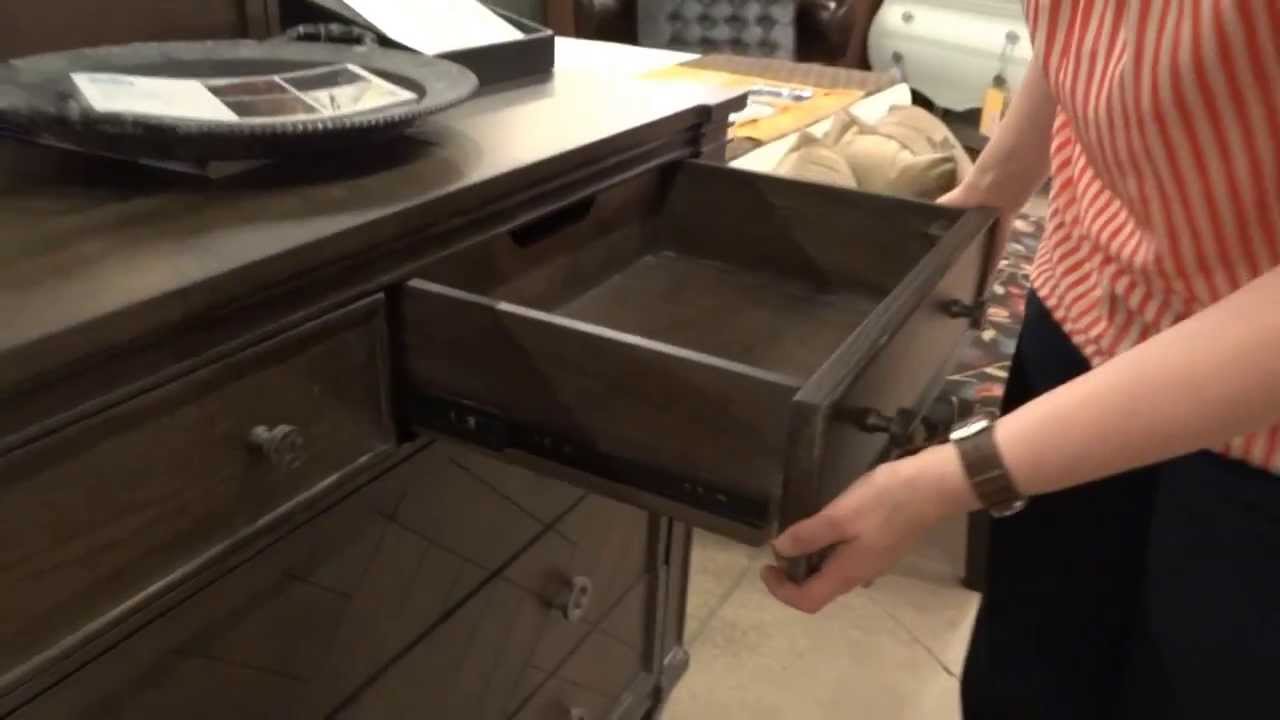
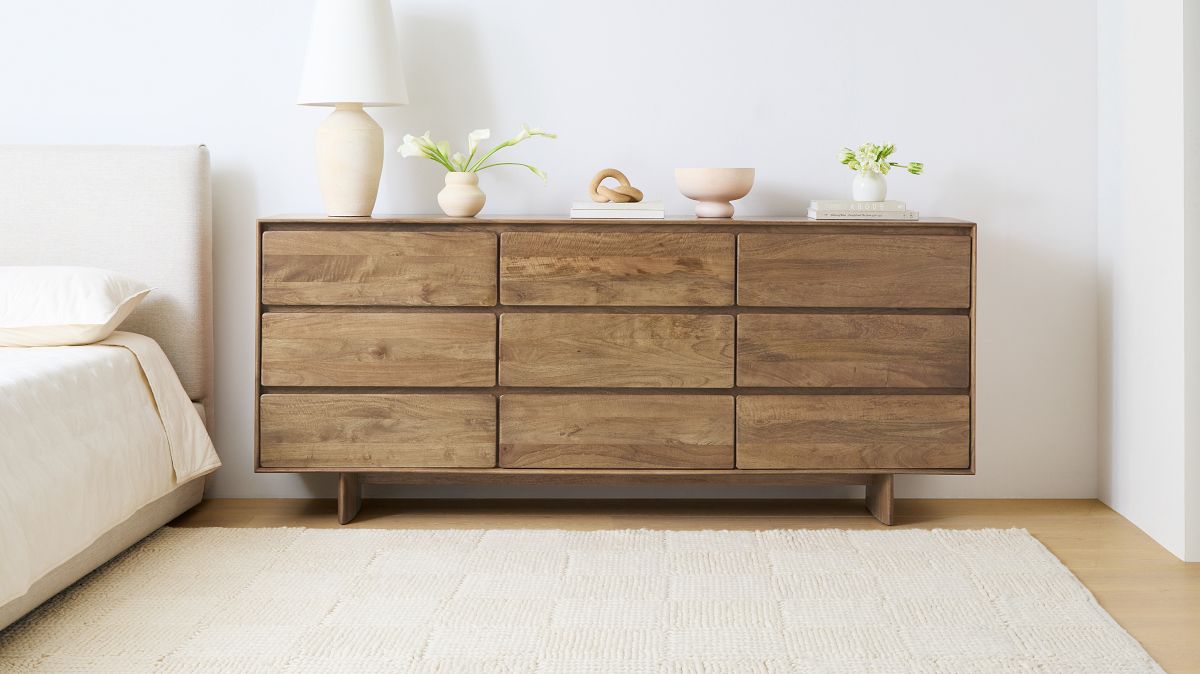
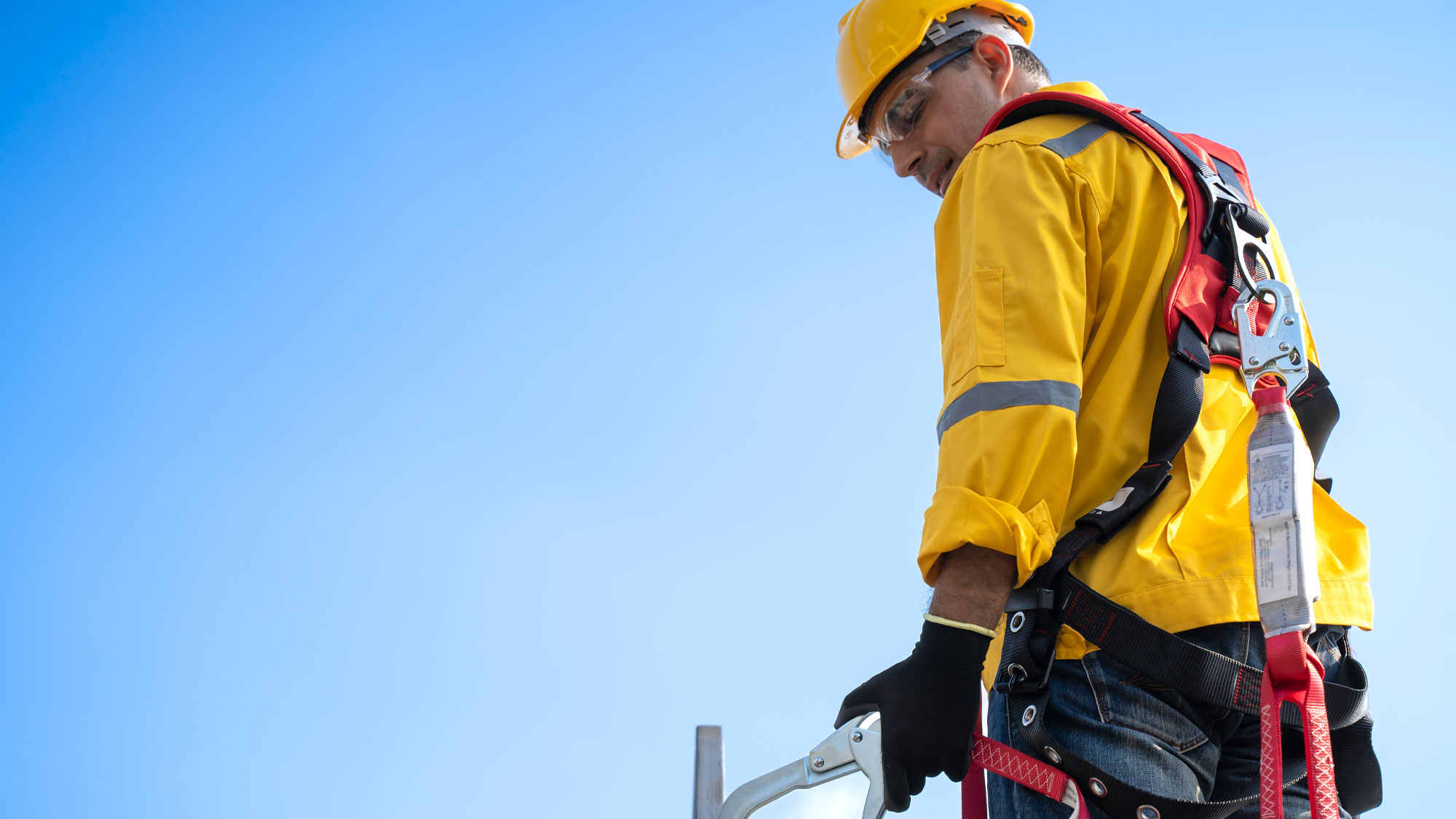
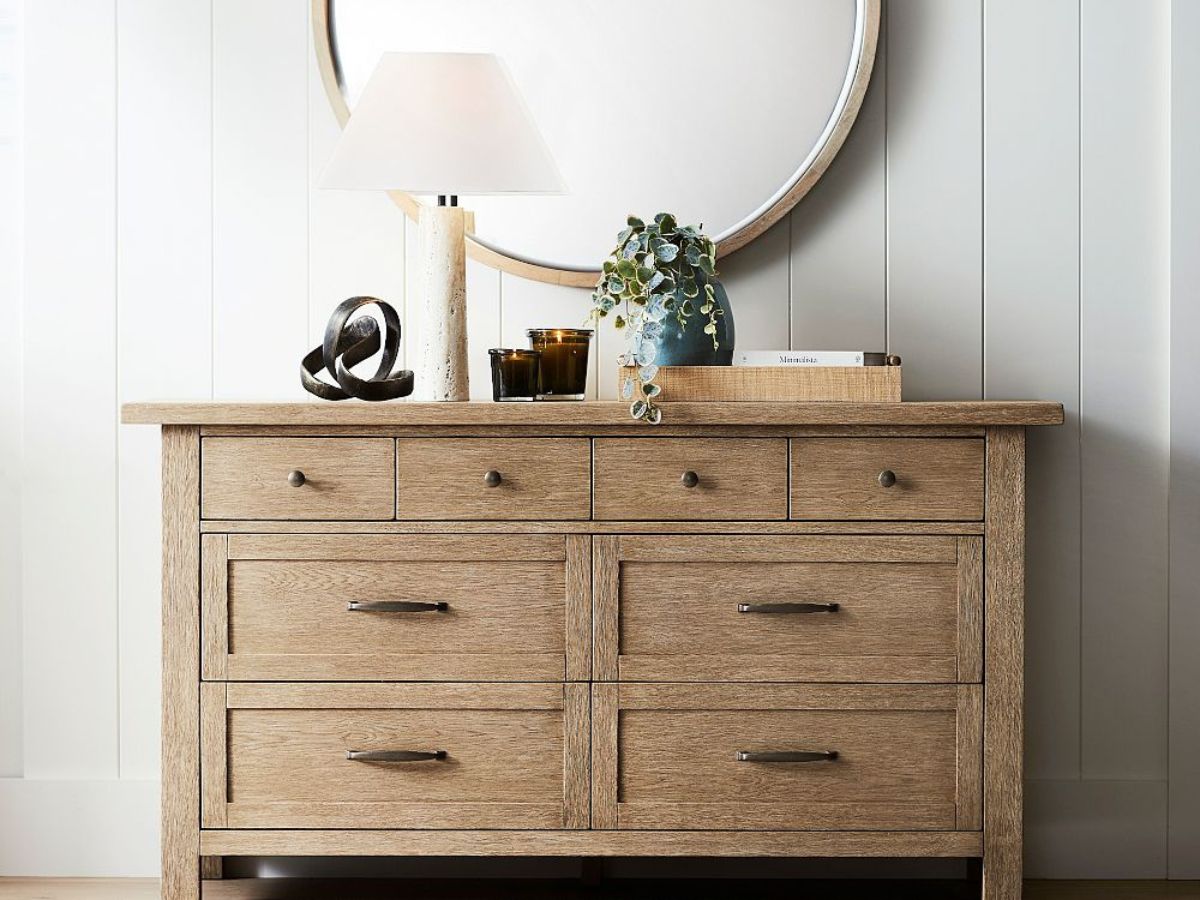
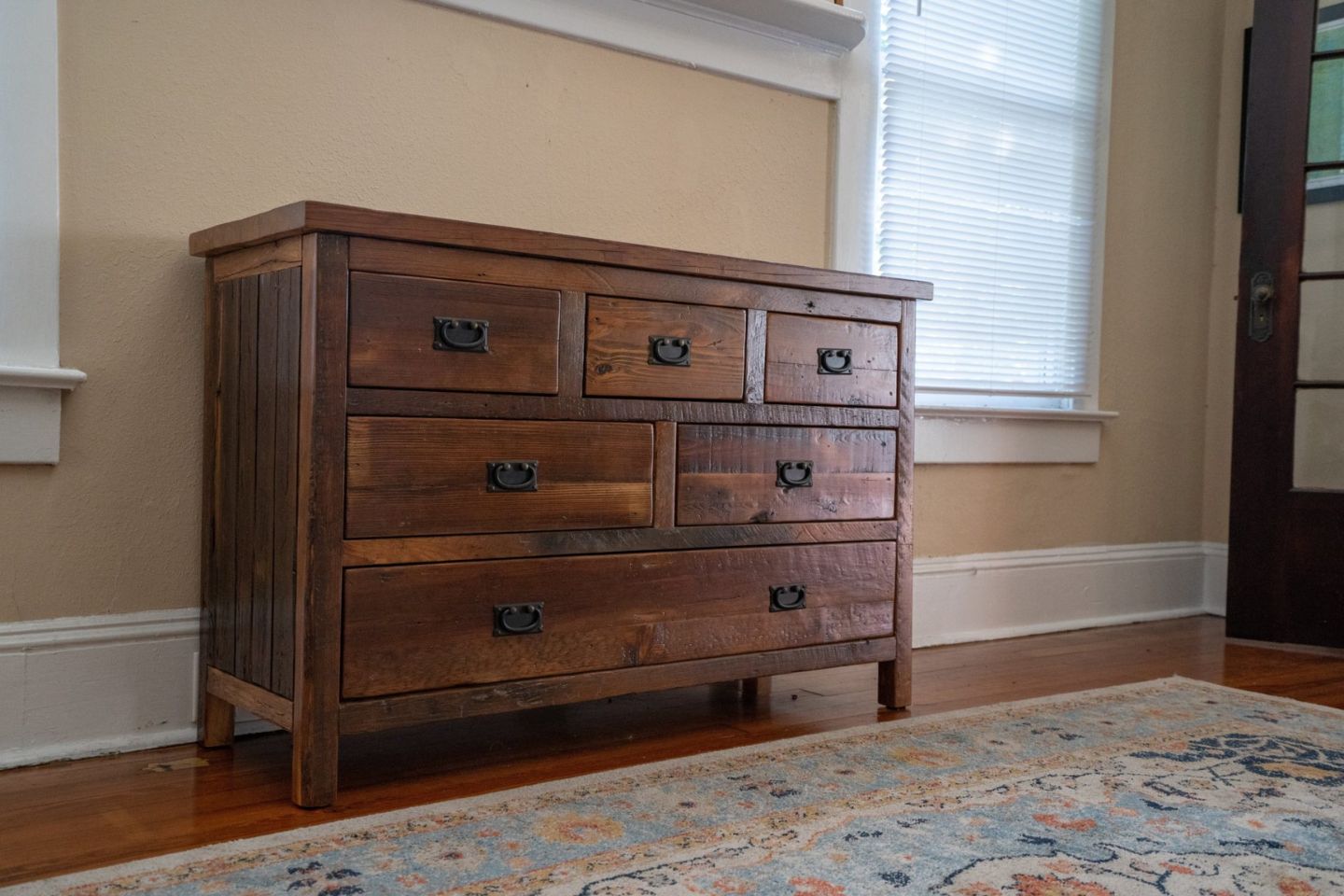
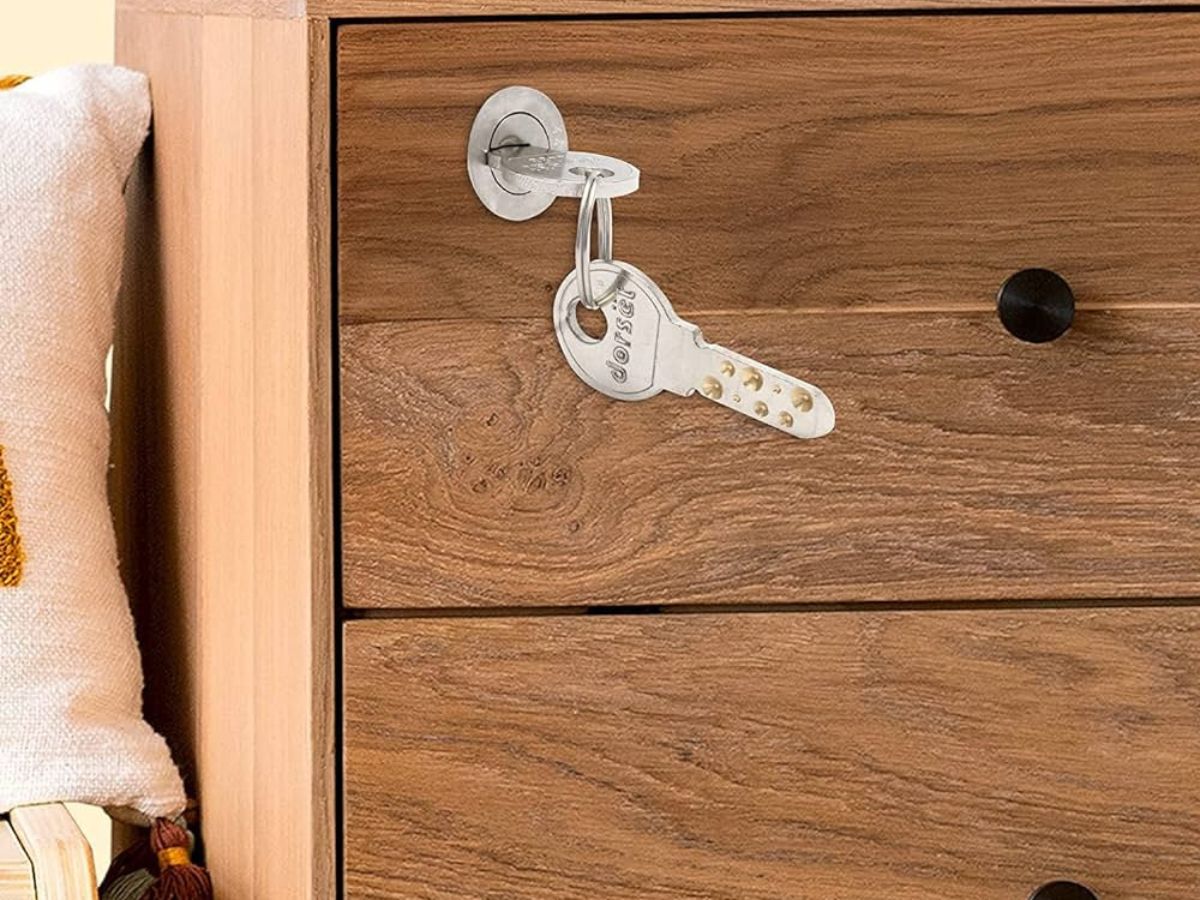
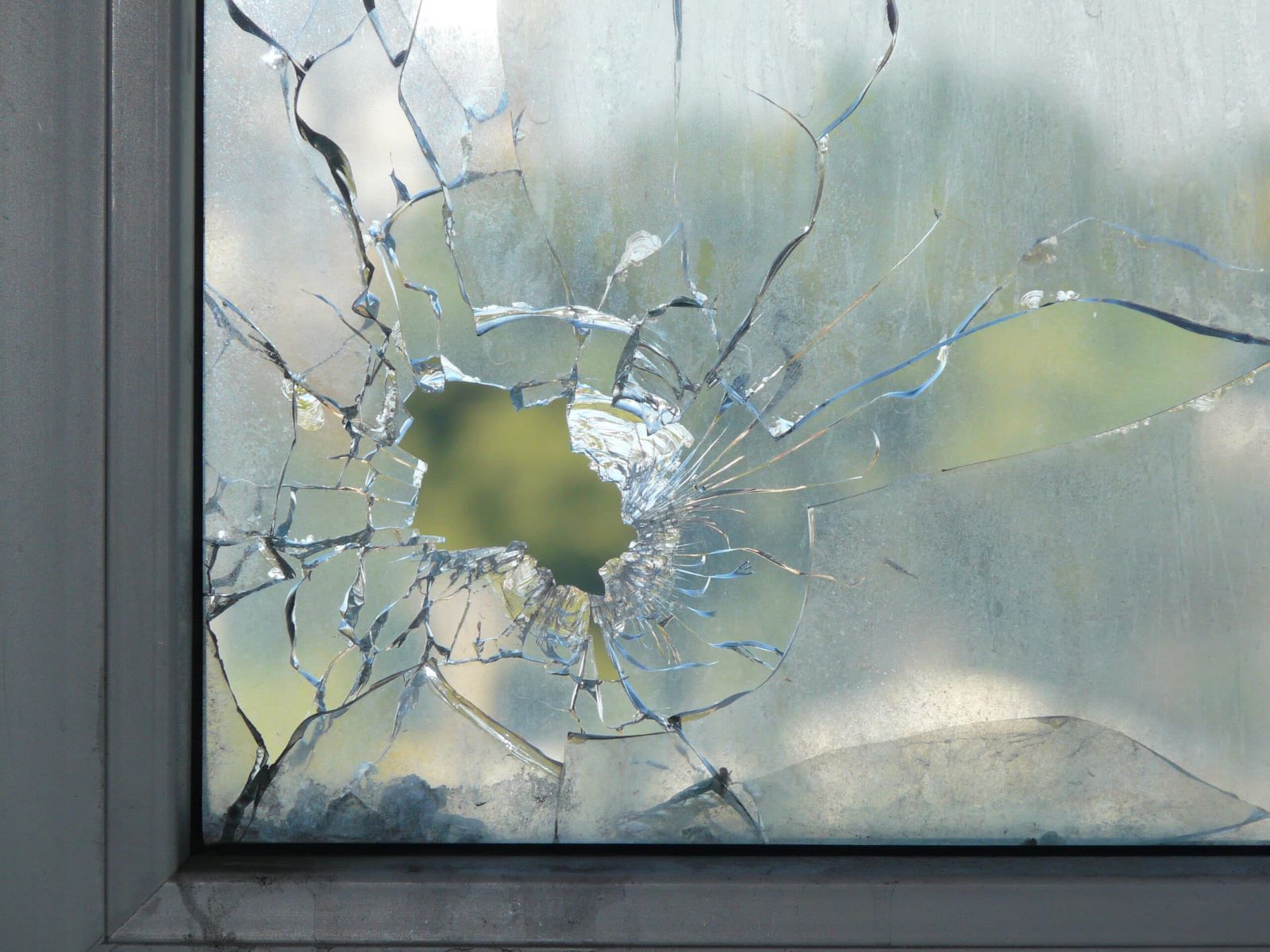
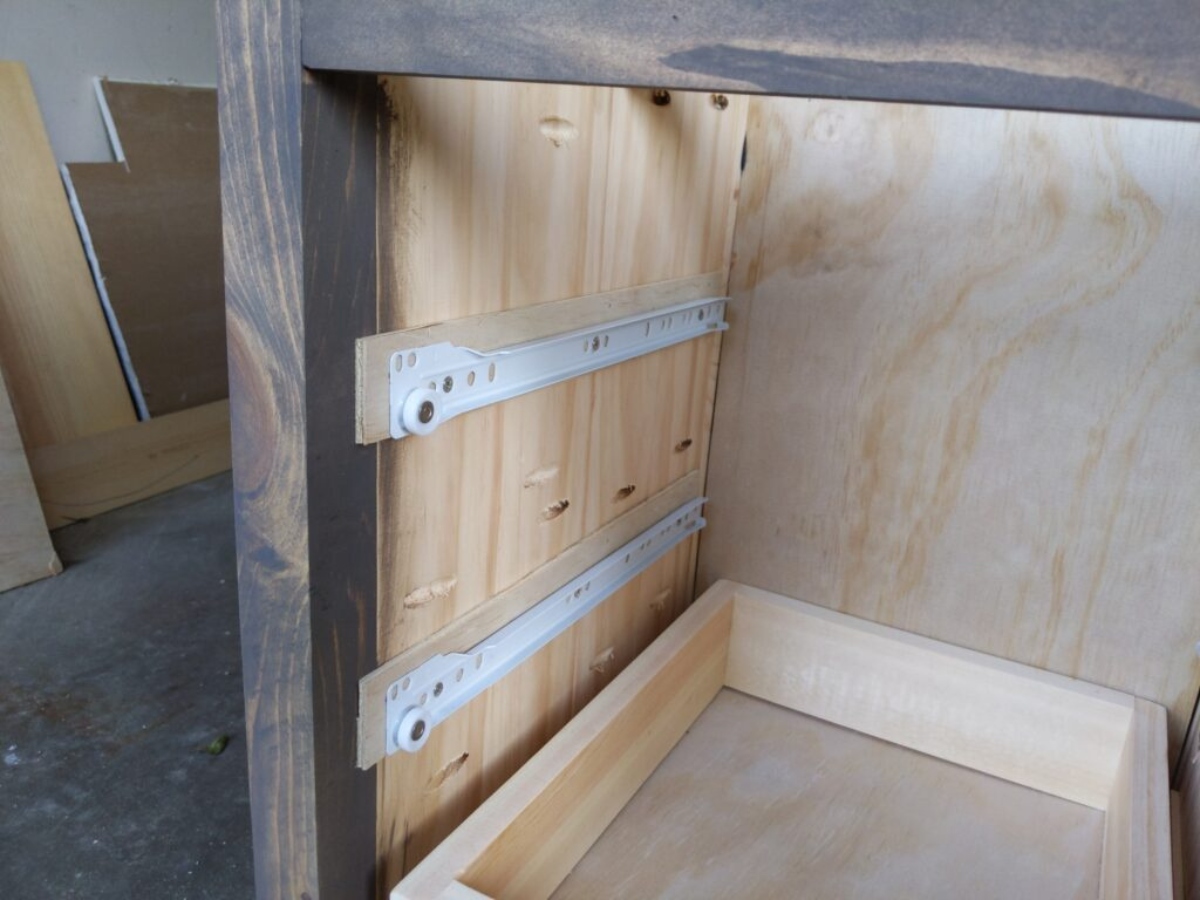
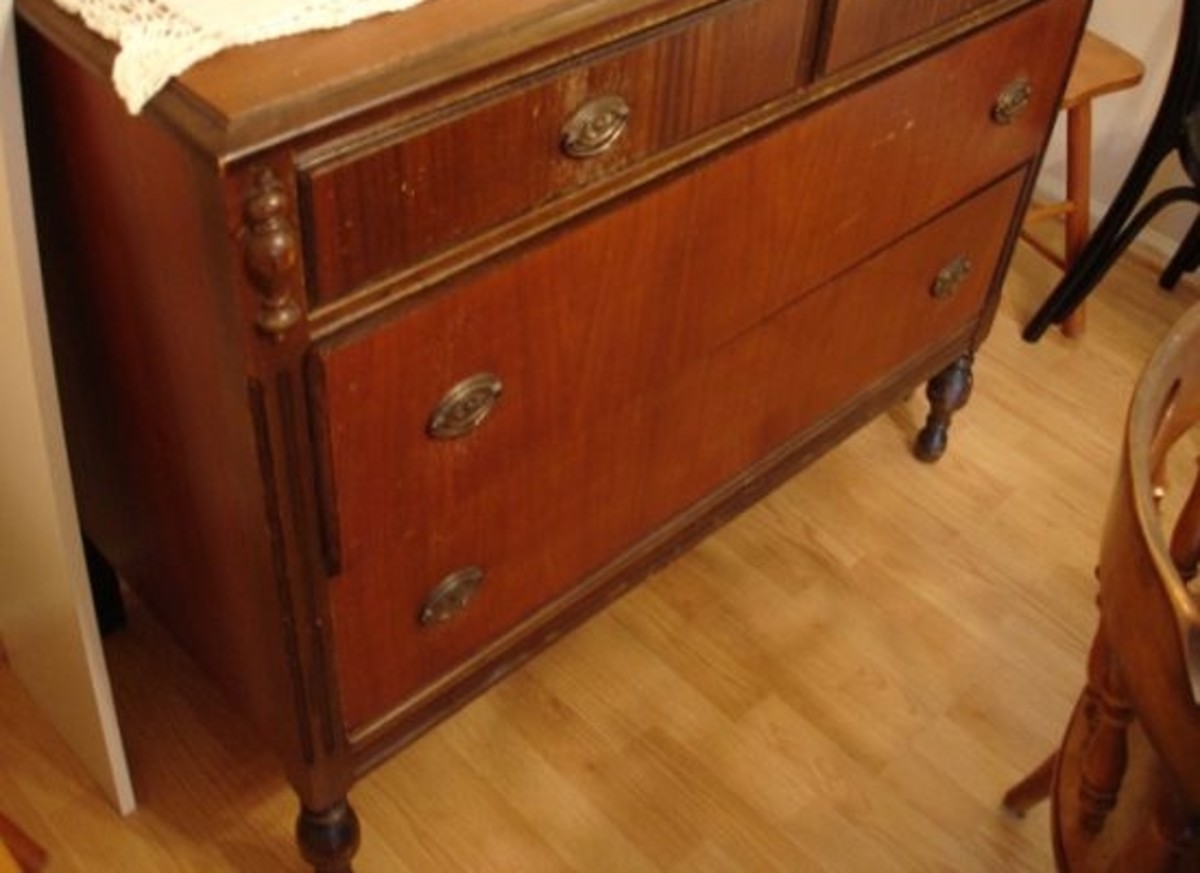

0 thoughts on “How To Prevent Dresser Drawers From Falling Out”